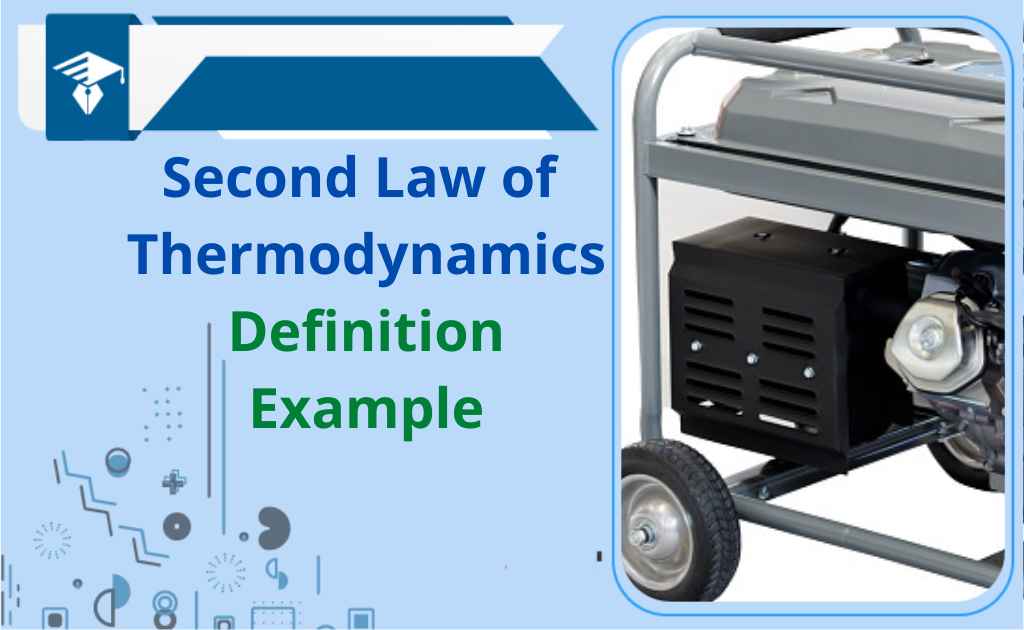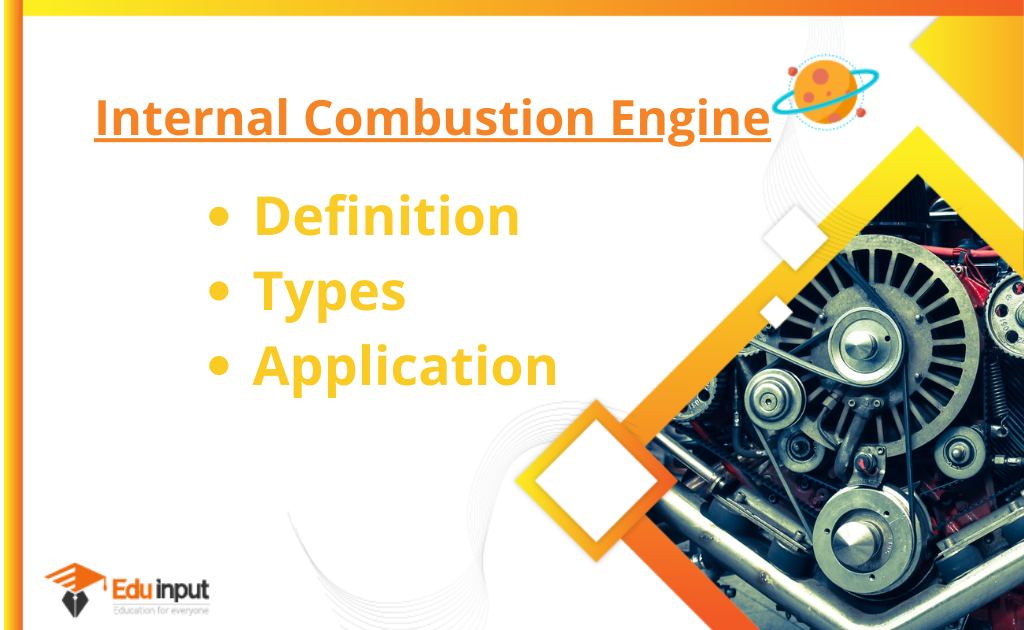Latent heat-Definition, Types, Example, And Specific Latent Heat
Latent heat, also known as the heat of transformation, is the energy released or absorbed by a body or a system during a constant-temperature process.
What is Latent heat?
Latent heat (LH) is a measure of how much energy is stored in a substance. Latent heat is the amount of heat absorbed per unit mass change of the substance. In other words, latent heat is the amount of energy that is released when a solid changes phase.
The term “latent” comes from the Latin word “latus” meaning “hidden” or “concealed”. When we refer to latent heat, we mean the heat associated with a phase transition. So, for example, if you put ice cubes in water, those ice cubes will melt over time. That melting is caused by latent heat being released.
Latent Heat is the amount of energy released when water changes state from liquid to gas. Latent heat is measured in calories per gram. Water molecules have a specific temperature at which they change states. When water turns into steam, it releases a certain amount of energy. This energy is called latent heat.
Latent heat example
If a solid substance is changing to a liquid, it needs to absorb energy to push the molecule into a larger, more fluid volume. When a substance changes from a gas phase to a liquid, its density levels need to go from lower to a higher level so that the molecule comes closer together. Latent heat is the amount of energy required by a substance to either freeze, melt, or boil.
Latent heat types
There are some different types of latent heat
Latent Heat of Fusion
The latent heat of fusion is the heat that is consumed or discharged when matter changes state from solid to fluid structure at a consistent temperature. The enthalpy of fusion is a result of the fact that the temperature stays constant during the procedure and that the heat energy expected to change the substance from solid to fluid at air pressure is the latent heat of fusion. The enthalpy change of any measure of substance when it’s dissolved is known as the latent heat of fusion.
When the heat of fusion is referred to as a unit of mass, it is typically called the specific heat of fusion, while the molar heat of fusion alludes to the enthalpy change per measure of substance in moles.
Latent heat of vaporization
The heat of vaporization of water is the most elevated due to the fact that it changes state from fluid to gas at a consistent temperature. The measure of heat expected to transform 1 g of a fluid into a fume, without a change in the temperature of the fluid, is known as the heat of vaporization.
Specific Latent Heat
The measure of heat energy that is consumed or discharged when a body experiences a steady temperature process is called Specific Latent Heat.
The formula for specific latent heat is:
L = Q/M
Where:
L is the specific latent heat
Q is the heat retained or discharged
M is the mass of a substance
Stage changes, for example, liquefying, solidifying, Vaporization, or buildup, are the most widely recognized kinds of consistent temperature forms. The energy is seen as a barricade because it is covered up inside the atoms until the stage change happens The joules per gram and kilojoules per kilogram are the most well-known units of specific latent heat.
These are specific latent heat of different substances.
| Substance | SLH of fusion(kJ/kg) | Melting point(°C) | SLH of vaporization(kJ/kg) | Boiling point(°C) |
| Hydrogen | 58 | −259 | 455 | −253 |
| Lead | 23.0 | 327.5 | 871 | 1750 |
| Methane | 59 | −182.6 | 511 | −161.6 |
| Nitrogen | 25.7 | −210 | 200 | −196 |
| Oxygen | 13.9 | −219 | 213 | −183 |







Leave a Reply